8 Famous Assassinations That Changed The Course Of History
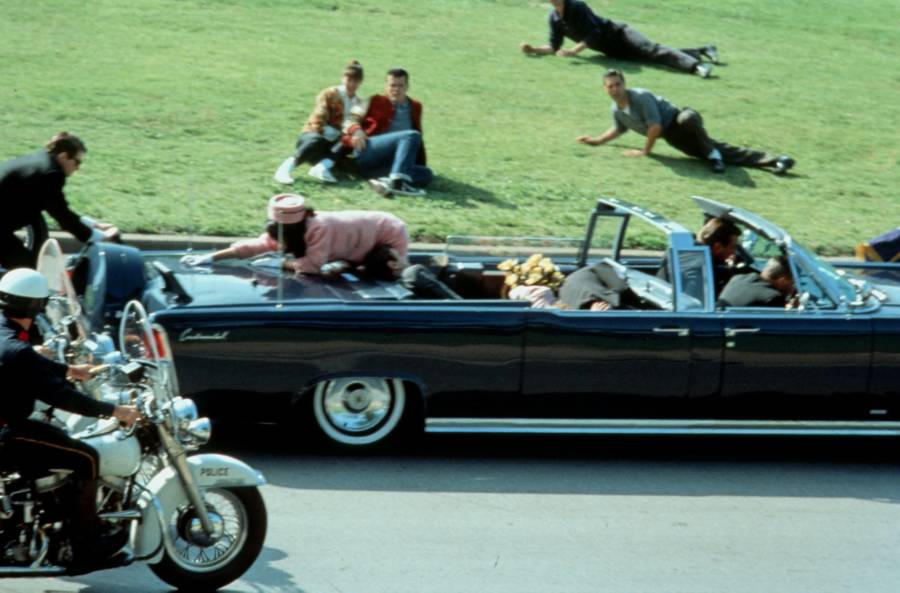
Jacqueline Kennedy panics seconds after her husband, John F. Kennedy Jr. is fatally shot. Nov. 22, 1963.
History can be shaped in an instant by one squeeze of a trigger. Indeed, as in the case of these famous assassinations, that one fatal instant can bring on a cataclysm.
Some of the influential people we’ve mentioned below were more than just flesh and bones. They were, to the people of their time, symbols with the hopes and fears of whole nations tied up in their existence.
So when these people were attacked, the world reacted. As with these famous assassinations, the story never ends with the death of that single man. The shot that takes them down is just the beginning of a chain reaction that can— and in many of these cases will— change the world.
John F. Kennedy
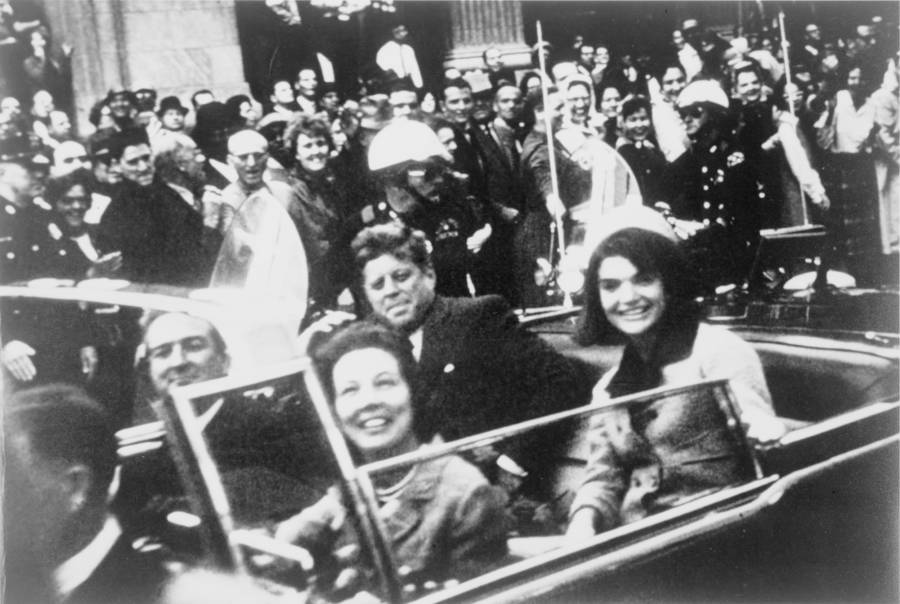
President John F. Kennedy motorcade, Dallas, Texas, Friday, Nov. 22, 1963.
The 1963 assassination of President John F. Kennedy remains one of the most famous assassinations of the century. The sudden, violent death of the president was so shocking that, for many, it seemed impossible that it could all be the work of one lone madman.

Lee Harvey Oswald, the man believed to be responsible for one of the most famous assassinations in American history, brandishing a rifle in his backyard, March 1963.
But according to five separate reports on the assassination, Lee Harvey Oswald did in fact act alone. For reasons only Oswald will ever truly understand, he climbed up to the sixth floor of the Texas School Book Depository and opened fire on the President of the United States.
He fired three shots. The first went high, causing Kennedy to duck. The second struck the crouching president in the back of the neck, came out his throat, and then continued in a straight line into the governor’s back. Oswald corrected his aim again and fired the fatal shot, which struck the president in the head.
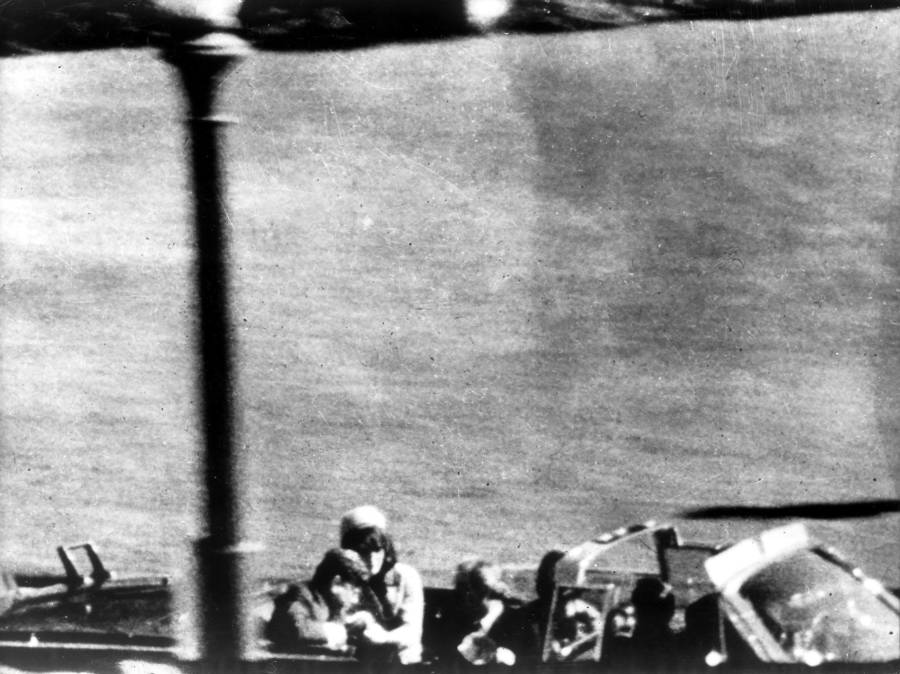
President Kennedy slumps over just after being shot.
Conspiracy theories spread almost immediately. The echo of Oswald’s gun, the angles of the bullets, and the images of President Kennedy’s skull flying off in what seemed to be the wrong direction all left the public convinced that there had to be a second shooter.
The world never got to hear Lee Harvey Oswald’s side of the story. Two days later, on November 24, he was shot by a nightclub owner named Jack Ruby. Oswald died in the same hospital as Kennedy, and the truth of what happened that day in Dallas may well have died with him.
Julius Caesar

The death of Julius Caesar, one of the most famous assassinations in history, as painted by Vincenzo Camuccini, circa 1804-1805.
Like Kennedy, Julius Caesar was one of those “charismatic populist” types who never seem to last long in politics.
Caesar was ambitious from an early age. Through bribes, wars, and politics, he worked his way up through the Roman political system until he had declared himself the “dictator in perpetuity” of Rome.
He was more powerful than any man had been since the beginning of the Roman Republic. But to the many of the men in the Senate, this was a deeply troubling sign. A conspiracy rose up to kill Caesar; and in time, even Brutus, one of Caesar’s most trusted friends, joined the plot.
Conspirators ambushed Caesar on the floor of the Senate on March 15, 44 BC — known as the Ides of March. 60 men pounced, stabbing him 23 times before the carnage was over. In his last moments, it is said, Caesar pulled his toga over his head, unable to bear the sight of Brutus, the one man he’d trusted, among the men who’d betrayed him.

A coin with two daggers above the words “Ides of March”, minted by Brutus to commemorate his role one of the most famous assassinations of a Roman ruler.
If Caesar’s killers thought they were saving the republic, they were dead wrong. Outrage at the death of the people’s hero drove fighting men to the banner of Octavius, Caesar’s nephew and adopted son, who raised an army and navy to fight the plotters.
Rome erupted into civil war as Octavius led an army against the men who had killed Caesar; and then, in turn against his own ally, Mark Antony. When the bloodshed ended, more than just men had died. Octavius was crowned emperor, ending the Roman republic after 500 years.
Martin Luther King Jr.

Martin Luther King speaks at the Washington Monument.
Martin Luther King Jr. was to those fighting for equality in America in the 1950s and ‘60s, an icon unlike any other.
In 1955, King – then just a young, 25-year-old Baptist minister – took the stage during the Montgomery bus boycott. He got a lot of attention for his speeches and the impression he made in public. Soon he was in contact with leaders of every Civil Rights group in the country. Within a decade, he was addressing tens of thousands of demonstrators in Washington, and lived to see his crowning achievements – the Civil Rights Act of 1964 and Voting Rights Act of 1965 – signed into law.
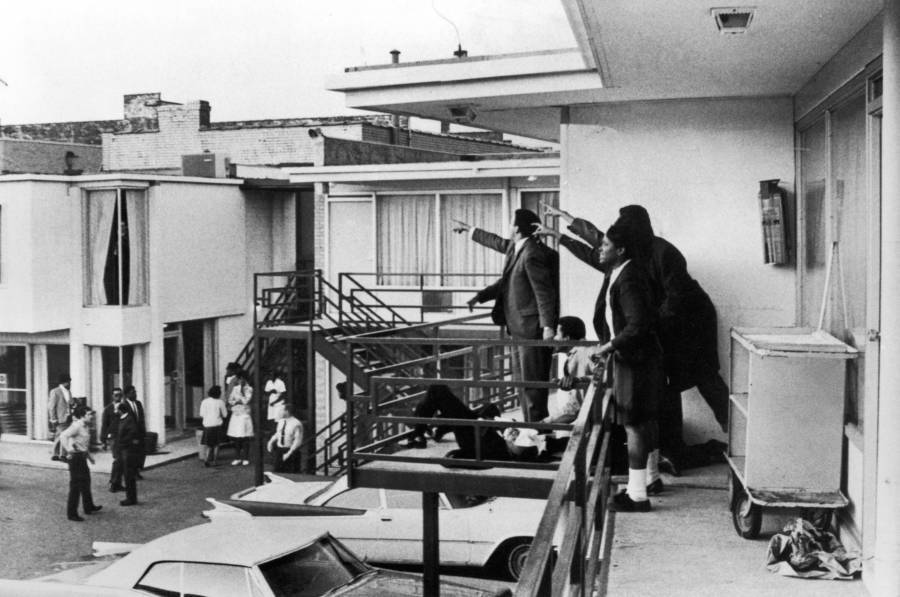
With Martin Luther King Jr. bleeding on the ground below him, witnesses point in the direction of the man who shot him.
On April 4, 1968, Martin Luther King Jr. was shot at the Lorraine Motel. He was standing on the balcony when it happened, calling down to musician Ben Branch with what would become his last request:
“Ben, make sure you play ‘Take My Hand, Precious Lord’ in the meeting tonight. Play it real pretty.”
Then there was a shot, and a single bullet hit King in the right cheek and curved down his spinal cord into his shoulder. King collapsed onto his back, hemorrhaging blood.
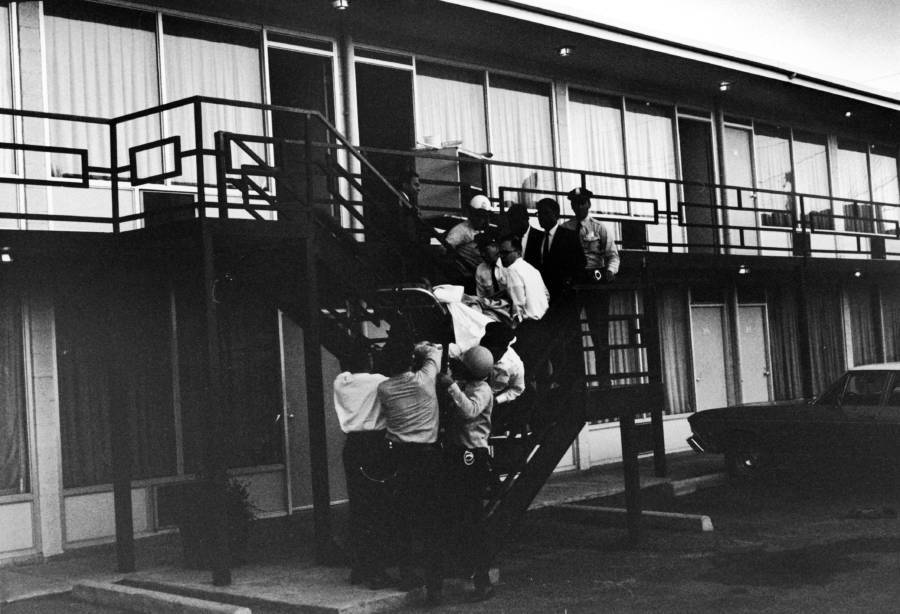
Police and ambulance workers carry the body of Martin Luther King Jr. down the stairs of the Lorraine Motel.
It was one of those truly famous assassinations that rock a nation – and nobody knew why exactly it happened.
Officially, it was just another lone nut with a gun: James Earl Ray. But Ray hadn’t fired on a whim. He had spent months stalking his target. FBI agents later recovered a map of Atlanta from Ray’s belongings that had King’s most-visited locations circled.
But for all that effort, Ray would never give a motive. Instead, Ray would insist he was a bit-player in a wider conspiracy. He was a hired hitman, he would insist, ordered to kill King by a mysterious man he’d met in Canada named “Raoul”.
We’ll never know for sure whether Ray was telling the truth. For his part in one of the most famous assassinations in history, James Earl Ray was sentenced to life in prison. He died behind bars, 30 years after King’s death.
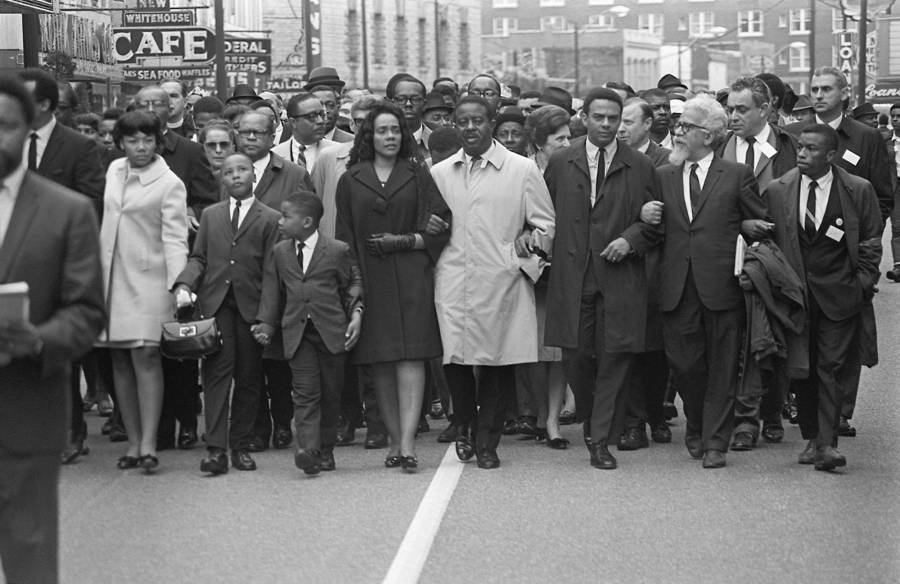
Coretta Scott King, Martin’s widow, leads a memorial march down Memphis.
Abraham Lincoln
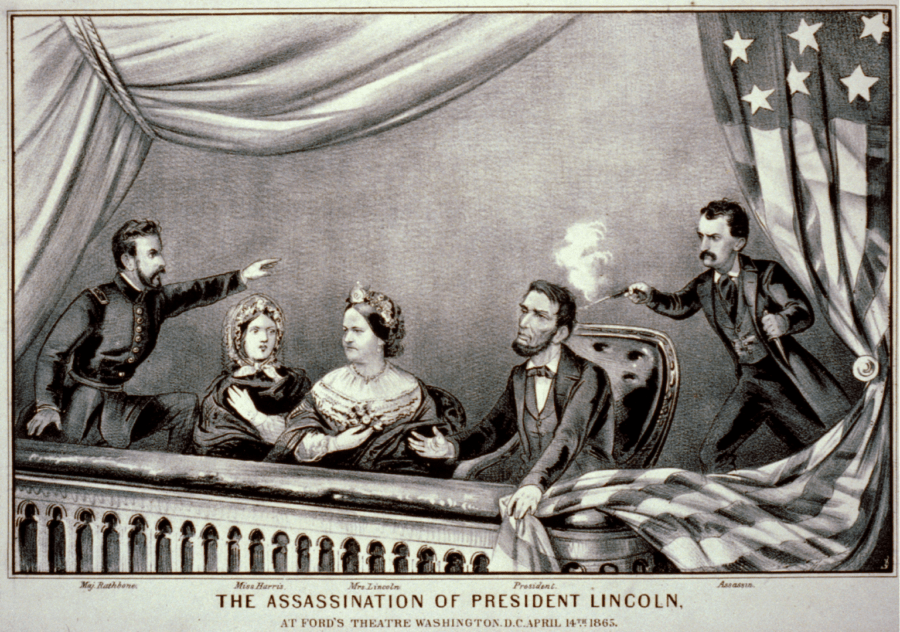
The death of Abraham Lincoln, one of America’s most famous assassinations, as depicted in Currier & Ives in 1865.
Abraham Lincoln seemed to have more enemies than any man in politics. He campaigned for president on the promise of ending slavery; a promise that so infuriated the South that, as soon as he was elected, the first Confederate States began seceding from the Union.
By the time he’d been sworn into office, a civil war was all but inescapable. In the eyes of many Americans, Lincoln had torn the country apart. He was cursed as a devil in the South and was even hated by a good number of the North, who blamed him for starting the war.
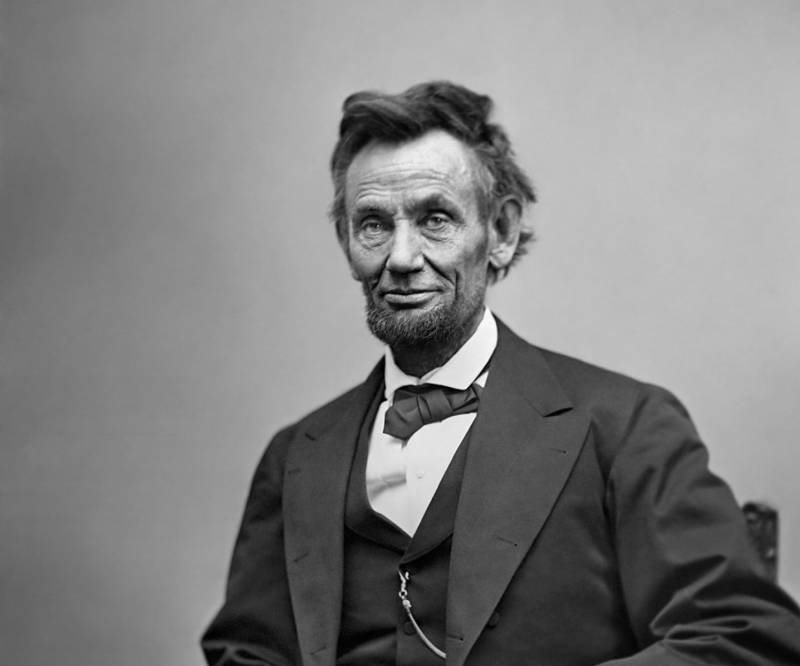
Abraham Lincoln, as photographed on Feb. 5, 1865.
Lincoln would live long enough to see the war end, but only by a few days. On April 14, just five short days after the surrender of Confederate general Robert E. Lee, Abraham Lincoln was shot during a play at Ford’s Theatre in Washington in what became one of the country’s most famous assassinations.
The killer was John Wilkes Booth, a well-known actor who had spent the whole war performing on stage for Northern audiences he secretly despised. As the Confederacy weakened and failed, Booth seems to have felt real remorse that he never joined up and fought.

John Wilkes Booth, the man who killed Abraham Lincoln.
But by 1865, he and a group of friends were plotting a full-blown coup. Their original plan was to kill half a dozen senior government officials. Booth alone, though, went through with his part of the plan, shooting Lincoln in the head and then jumping down to the stage below.
Eventually, Booth and his co-conspirators were cornered in a barn in Virginia, which Union soldiers set on fire to smoke the plotters out. Booth was shot while trying to flee on a broken ankle. According to witnesses, Booth asked someone to lift his hands so he could look at them. In Booth’s last moments, he stared at his bloodied hands, muttering, “Useless, useless.”

The only known picture of Abraham Lincoln lying in state.
Louis Mountbatten
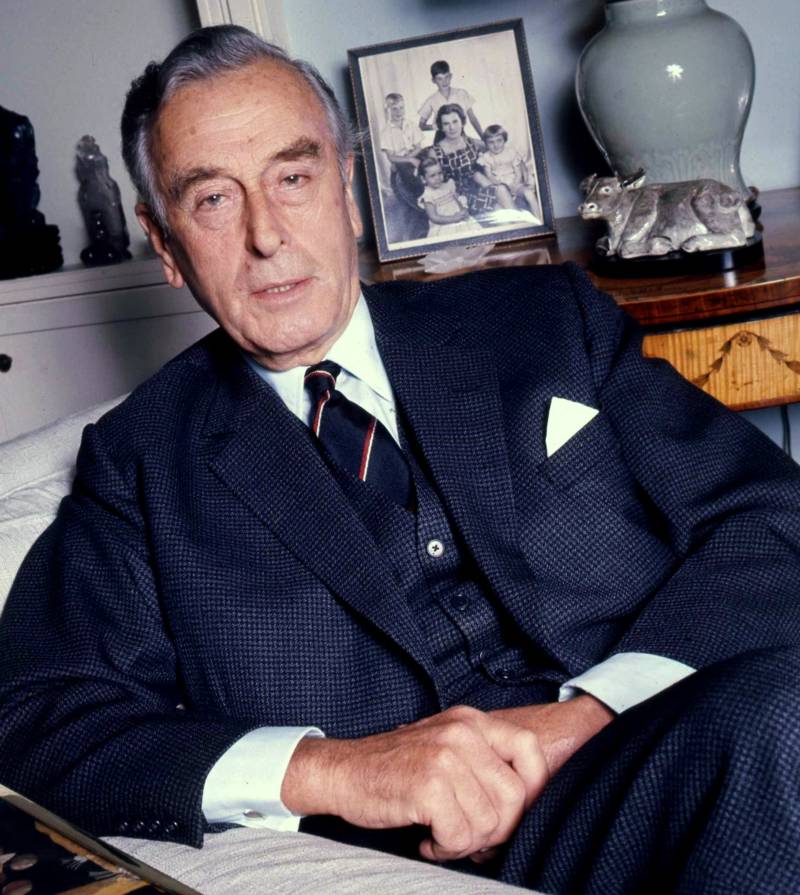
Lord Mountbatten at home in London, 1976.
By 1979, when he was assassinated, Louis Mountbatten was already an accomplished man. He’d been a veteran of both world wars, the last viceroy of India, Chairman of NATO, and held countless other honors. Now he was just a retired old man, looking to relax in his summer home in Ireland.
But in the 1970s, the struggle between Irish nationalists and the British occupiers was at a bursting point. Violence in Ireland was rampant but the world, the IRA believed, was all but completely ignoring their plight. They wanted a big, headline grabber to get the world’s attention. Lord Mountbatten was the perfect target.

Admiral Louis Mountbatten addresses the crew of the USS Saratoga. April 1944.
On August 27, 1979, Lord Louis Mountbatten and several members of his family went out on the boat to check their lobster pots, unaware that a 100-kilogram bomb was waiting for them. When the yacht was a few hundred yards from shore, an IRA team sent a radio signal to the detonator and blew the boat to pieces.
Mountbatten’s 14- and 15-year-old grandsons were killed right away, and everybody else was seriously injured. A group of fishermen pulled Mountbatten out of the water, but his legs had been nearly blown off. He died before he’d reached the shore.
The IRA took credit for his death. In a statement, they declared:
“The IRA claim responsibility for the execution of Lord Louis Mountbatten. This operation is one of the discriminate ways we can bring to the attention of the English people the continuing occupation of our country.”
Public opinion in Britain instantly swung hard against the cause of Irish independence. For years to follow, Northern Ireland would be a virtual war ground.
The Famous Assassinations Of Archduke And Duchess Franz Ferdinand

An artist’s rendition of the assassination of Franz Ferdinand.
The assassination of Archduke Franz Ferdinand was the starting shot that set off a catastrophe. As an almost direct result of one man’s death, a world war was launched, empires were toppled, and well over 30 million people died.
Franz Ferdinand was killed by Gavrilo Princip, a Serbian nationalist fighting for his group’s independence. His nation had been annexed by the Austro-Hungarian Empire in 1908. When Ferdinand, the heir to his enemy’s throne, rode through his Sarajevo on June 28, 1914, Princip and his co-conspirators jumped on the opportunity for revenge.
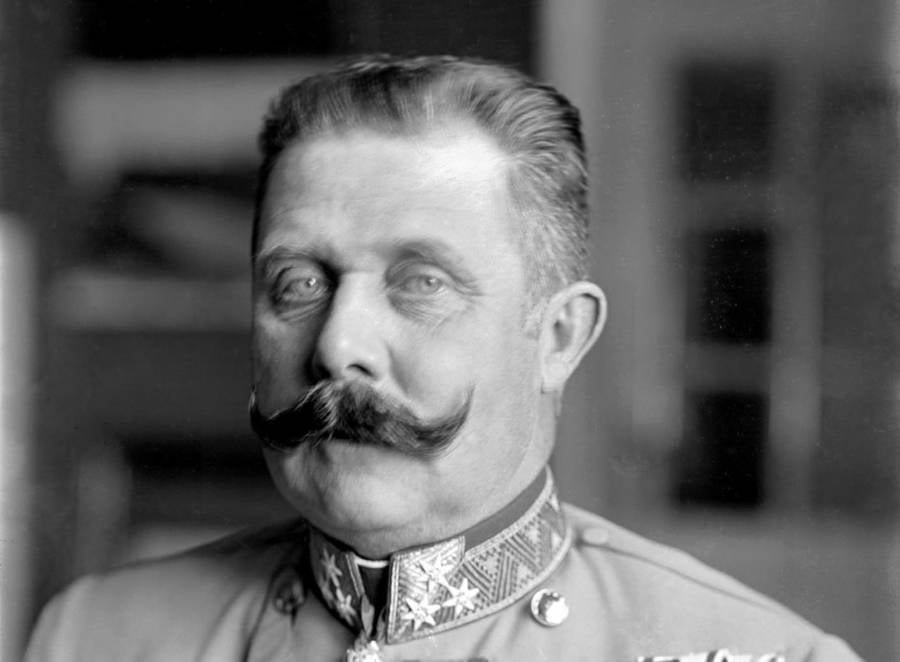
Archduke Franz Ferdinand, the man whose death was called “the shot heard around the world”. Circa 1914.
The first attempt on his life failed. On arriving in Sarajevo, the Archduke’s motorcade was attacked by one of Princip’s confederates with a hand grenade. The bomb missed, but the explosion injured passengers in the chase car behind the Archduke and his wife.
The pair, distraught over what had happened, decided to visit the injured in the hospital. Their trip, though, took them through a small side street, passing, by chance, a coffee shop where Princip was nursing his bitterness of he believed was a failed attempt at one of the great famous assassinations.
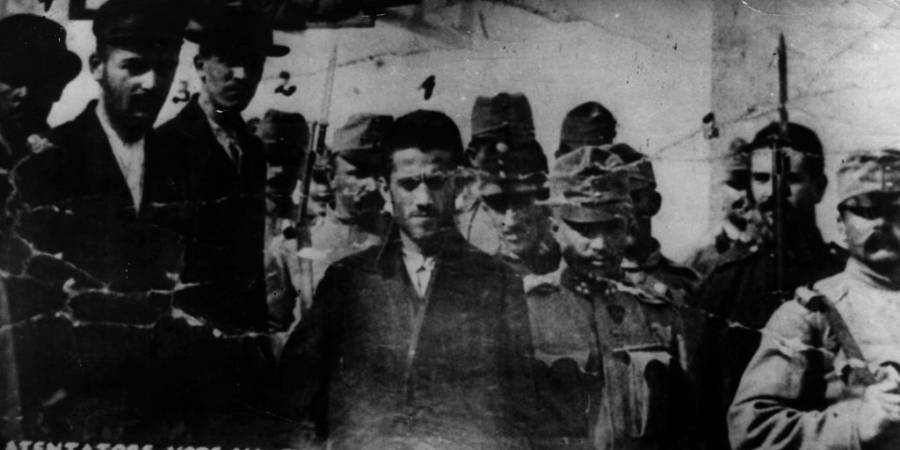
Gavrilo Princip awaits trial for his part in one of the most famous assassinations in history. 1914.
Princip burst out of the shop with a pistol and fired. The first bullet went through the Archduke’s jugular vein; the second, by mistake, through the Archduke’s wife.
Princip tried to kill himself before they could get him. He leaped off the Latin Bridge, swallowed an expired cyanide pill, and tried to shoot himself, but none of it worked. The gendarmes wrestled him down.
But back up in the car, the dying Franz Ferdinand’s only thoughts were for his wife. In his last moments, he dismissed every worry about his own life, telling those with him, “It is nothing.” Instead, he just clung onto his wife, crying out:
“Sophie, Sophie! Don’t die! Live for our children!”
They would be the last words he would ever say to his wife. Neither of them survived.
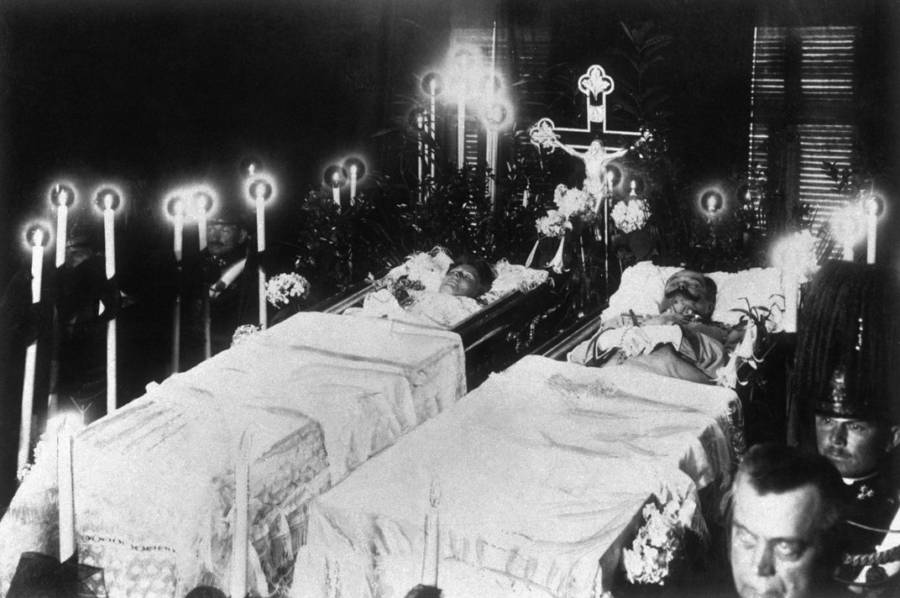
The funeral of Franz Ferdinand and his wife, Sophie. 1914.
Isoroku Yamamoto

The last known photograph of Isoroku Yamomoto, taken moments before one of WWII’s most famous assassinations, April 1943.
Pearl Harbor was masterminded by Isoroku Yamamoto, commander-in-chief of the Combined Fleet of Japan’s Navy. A crippling surprise attack, Yamamoto believed, was Japan’s only chance of defeating the United States in WWII. Under his command, more than 180 U.S. aircraft were destroyed.
The U.S. wanted revenge. The plot to kill Yamomoto, called “Operation Vengeance”, started with a direct order from President Franklin D. Roosevelt himself: “Get Yamamoto.”

Isoroku Yamamoto, photographed on the Battleship Nagato. Circa 1940.
Codebreakers tracked Yamamoto’s flight itinerary. On April 18, 1943, they learned, Admiral Yamamoto would be addressing Japanese pilots stationed on the island of Rabaul. They would make sure it was the last place he ever visited.
Yamamoto, after saluting his men and wishing them well, boarded a stripped-down Mitsubishi bomber for his flight to the next post, unaware that he was about to become the victims of one of those famous assassinations to reverberate throughout history.
Midway through his flight, a pack of 16 American P-38 fighters appeared over the horizon. A dogfight broke out over the Pacific. The American planes shot up the starboard engine of Yamamoto’s bomber. The Admiral’s plane, spewing smoke, tumbled down into the jungle below. But inside, the admiral was already dead.
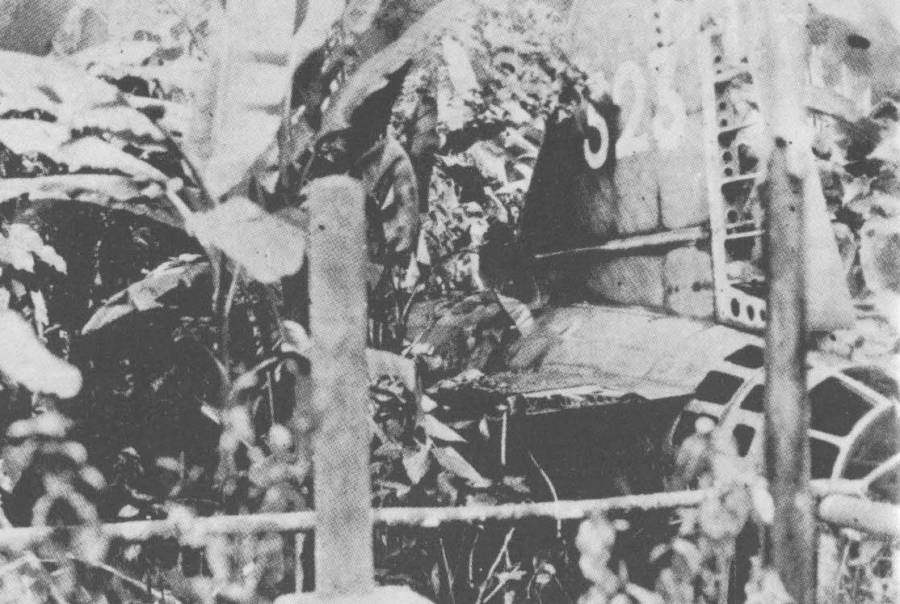
The wreckage of Isoroku Yamamoto’s bomber. April 1943.
When a Japanese scout party reached the crash site the next day, they found the Admiral strapped into his seat with his ceremonial katana still in his hands. Two .50-caliber bullets had hit him, one in his left shoulder and the other under his left jaw. The second round had exited above his right eye, taking most of his head with it.
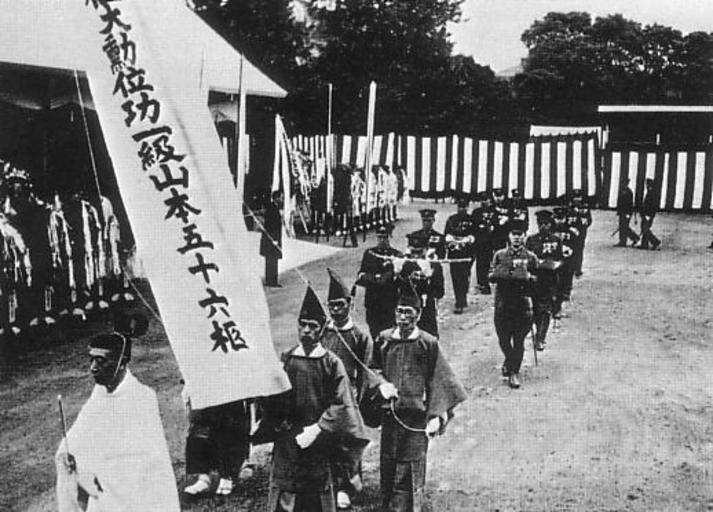
The funeral of Isoroku Yamamoto. June 5, 1943.
Yitzhak Rabin
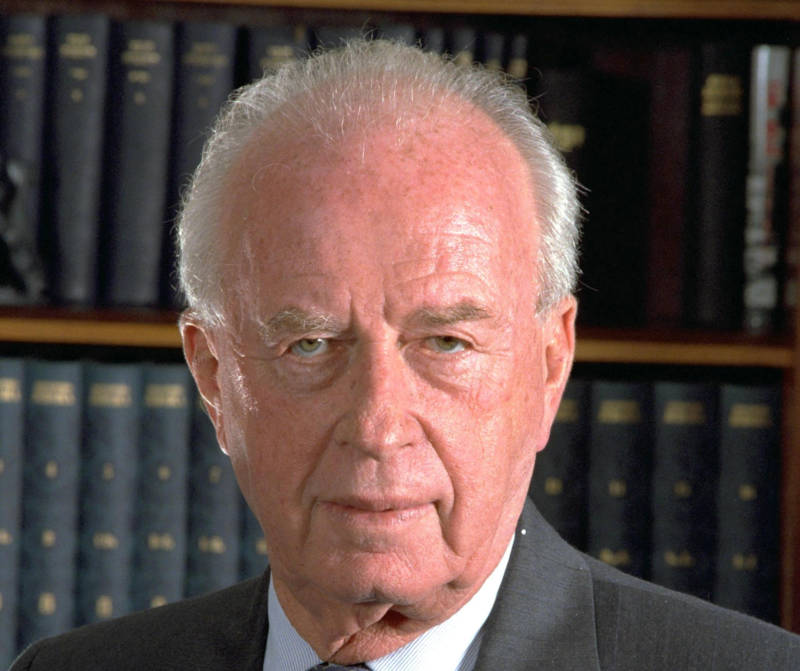
Yitzhak Rabin, during his second term as Prime Minister. July 11, 1994.
Yitzhak Rabin, Israel’s 5th Prime Minister, was a peacemaker. He ran on a platform of diplomacy with the Palestinians, who were still fighting a decades-old war over their homes and villages, now mostly in occupied Israeli land.
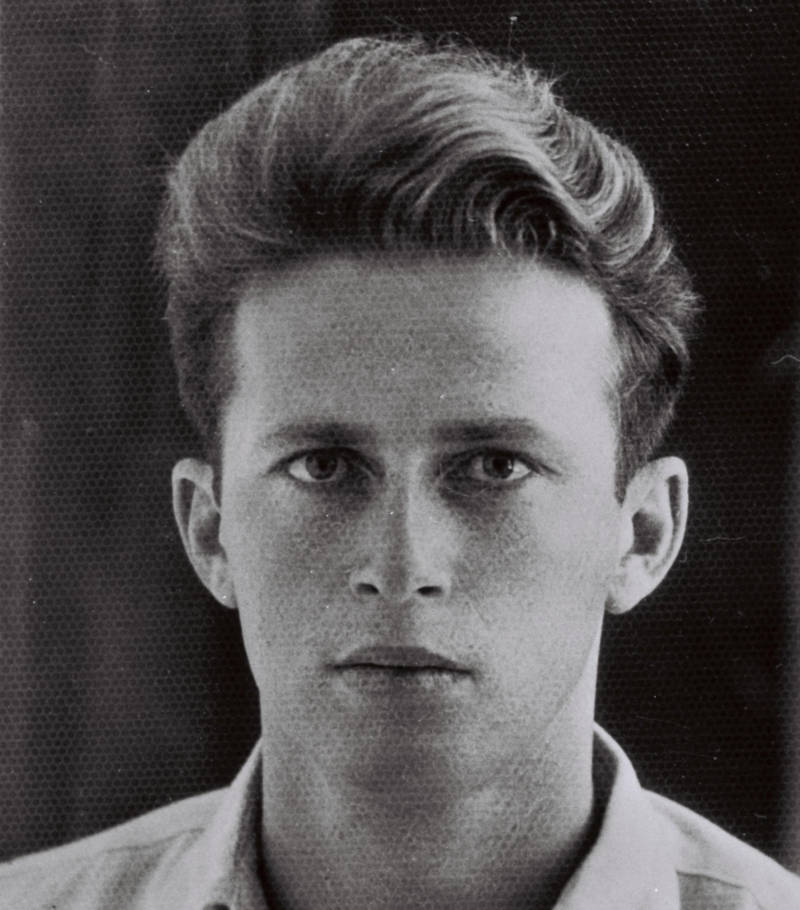
A young Yitzhak Rabin. 1943.
But to talk of peace between Israel and Palestine could be dangerous. Rabin’s ideas infuriated some radical Zionists. Yitzhak Rabin, his killer believed, was giving up the biblical heritage of Israel.
On the evening of Nov. 4, 1995, 25-year-old Yigal Amir approached Rabin as he walked through Kings of Israel Square in Jerusalem. Amir had a pistol in his hand and carefully lined up his sights on Rabin.
Rabin didn’t notice what was going on until it was too late. Amir fired three shots. One wounded a bodyguard of the Prime Minister, and the other two hit Rabin in the torso. Rabin didn’t live long. He died on the operating table of a nearby hospital.
For his crimes, Amir was sentenced to life-plus-14 years in prison. He remains there to this day, and remains also the driving force behind one of history’s most famous assassinations.
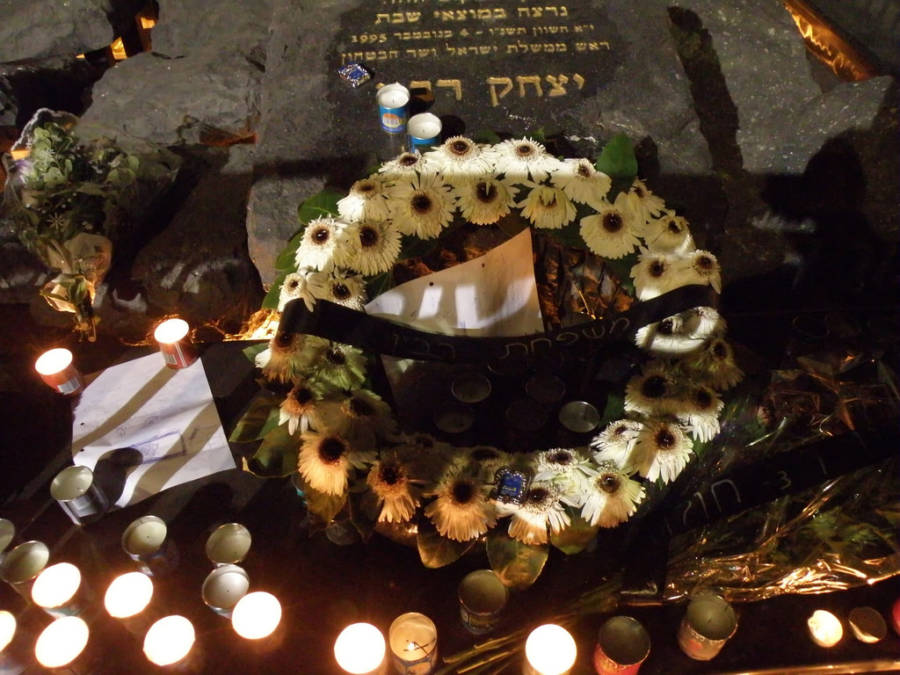
A wreath rests on the monument of Yitzhak Rabin. To commemorate one of Israel’s most famous assassinations, the square on which he died is today known as Rabin Square.
Anwar Sadat president of Egypt.
ReplyDelete